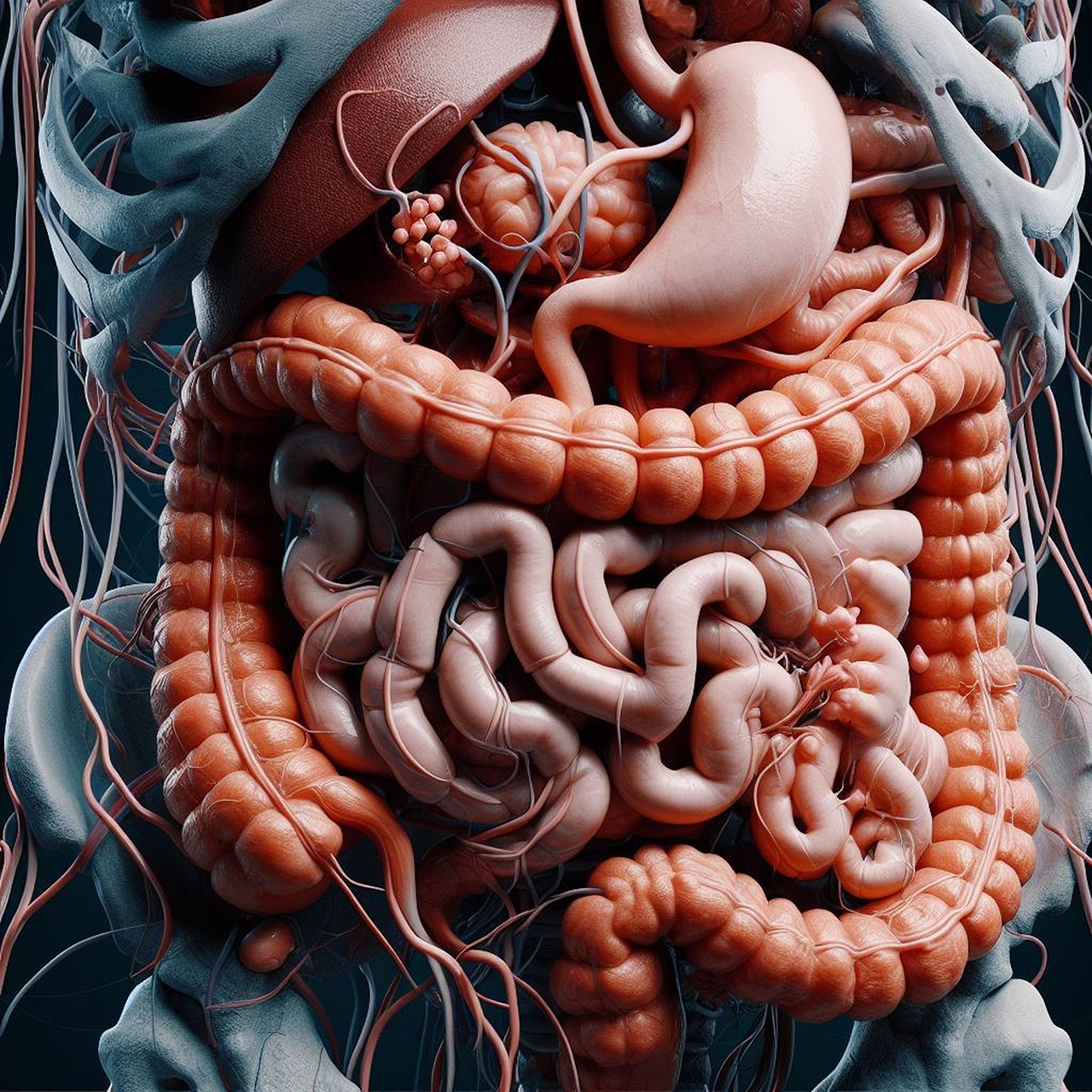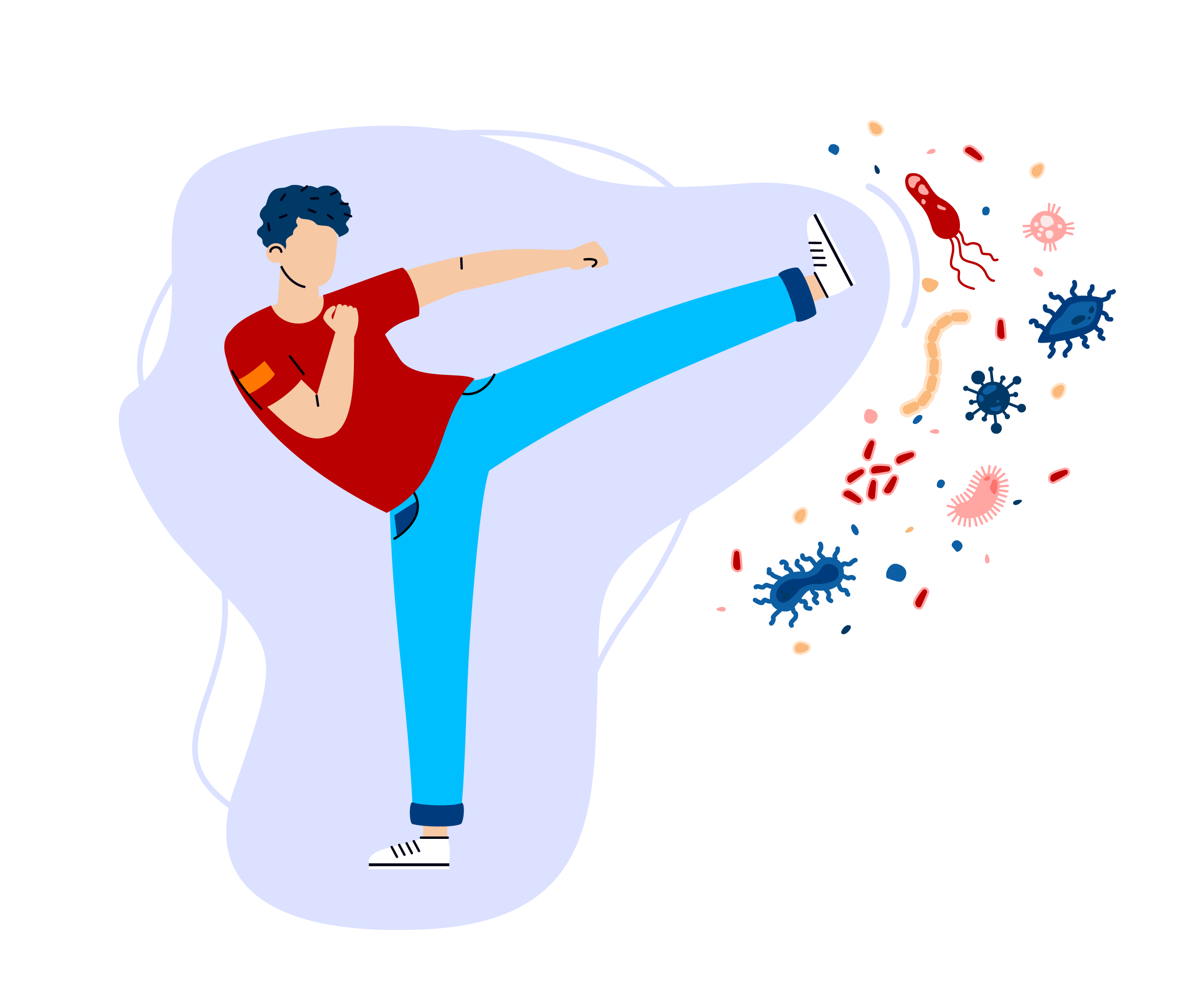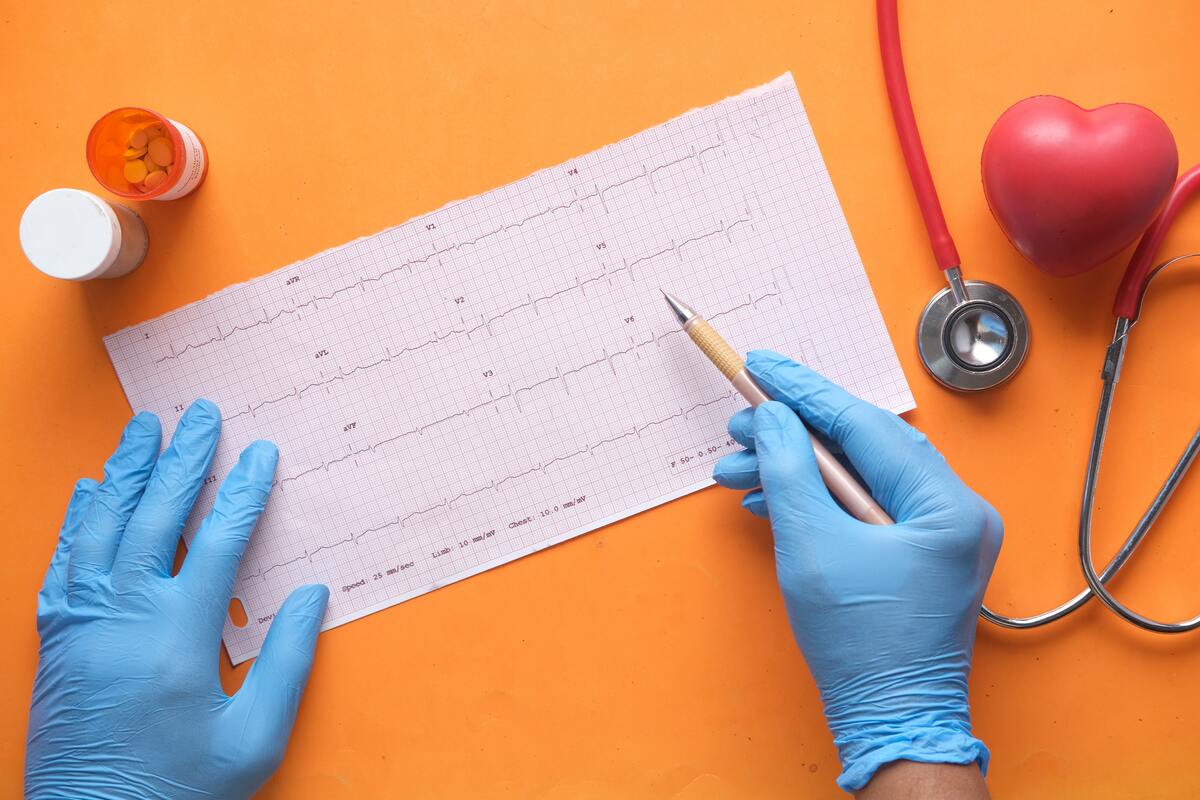
Understanding the signs of a heart attack could help you save a life. While it’s true that certain people are at higher risk of a heart attack, you never know who it could happen to. The World Health Organization maintains that coronary heart disease is the leading cause of death in the world. One of its manifestations is a myocardial infarction (MI), also commonly known as a heart attack. This occurs when there is a blockage of blood flow to the heart. As a result, part of the heart muscle doesn’t get sufficient oxygen and nutrient-rich blood. This deprivation causes damage to the areas of the heart that are “starved” of nutrients.
This blockage is most commonly a layer of fat, cholesterol, and other substances, which collectively form plaque. This narrows the already tiny pathways of the heart, which are the veins and arteries. As a result, it impedes the blood flow into the heart and impacts circulation, which leads to a variety of complications like high blood pressure, difficulty in breathing, and chest pains.
In some instances, plaque can rupture, creating a total clot that completely obstructs blood flow. In many cases, this total blockage results in irreversible and long-term damage to the heart muscle. Unfortunately, if you wait too long to get treatment to restore regular blood flow, there is an increased likelihood of incurring greater damage to the heart. In the worst-case scenario, a heart attack can be fatal. Learn more about heart attacks below to prevent succumbing to this silent killer.
Causes of an MI (Heart Attack)
As noted above, heart attacks occur when there are blockages in the arteries, often a result of plaque build-up and rupture. The latter is possible because plaque is hard on the outside, but mushy on the inside. The rupturing of plaque stimulates the body to send platelets to form clots around the plaque. And this results in blockage, which impedes blood flow and deprives your heart of oxygen and nutrients.
Bear in mind, plaque build-up does not just happen overnight. It takes a long time for plaque to accumulate in the arteries and veins leading up to a heart attack. Apart from ailments that are congenital (happen at birth), studies show that the majority of coronary artery diseases today can be attributed to lifestyle choices. The following habits and risk factors leave an individual susceptible to developing coronary heart disease, which can eventually result in a heart attack:
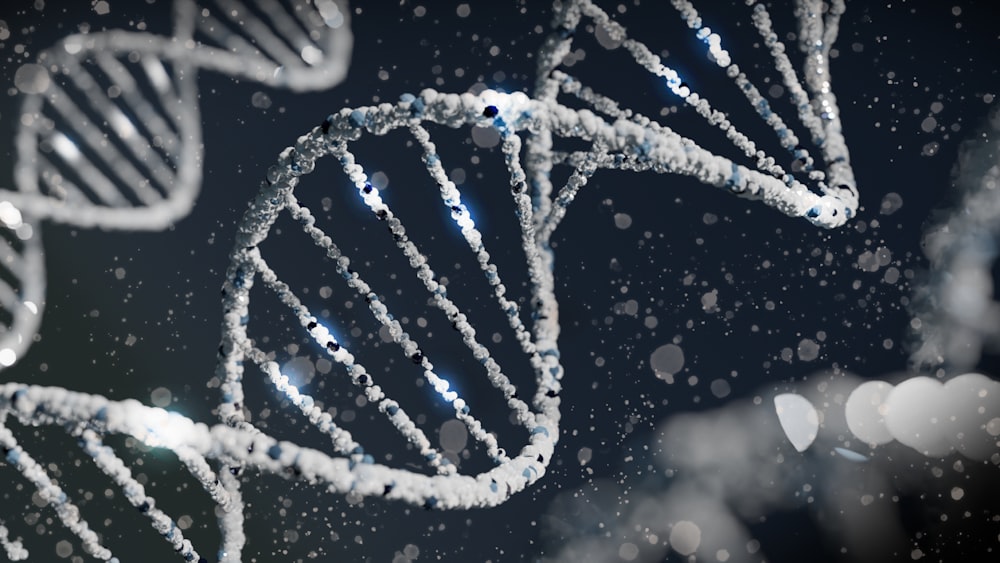
1. Genetics or underlying health conditions
Genetics, while not an ultimate determinant for the likelihood to get a heart attack, to a certain degree can determine whether individuals are predisposed to heart disease. Additionally, having prior medical conditions, like suffering a stroke, obesity, or diabetes can increase one’s risk of getting a heart attack.
By taking a DNA test such as the one from CircleDNA, you can find out your genetic risk factors.
2. Having a diet rich in “bad” fats
Fats are not created equal. Good fats like fish oil, avocado, or almonds increase good cholesterol or HDL and prevent heart disease. In contrast, bad fats like saturated fat and trans fats increase bad cholesterol or LDL. When this happens, you have an excess of lipids in the blood which eventually stick to your arteries resulting in plaque accumulation. These substances are also related to other heart conditions like atherosclerosis, or the hardening of arteries that make it tougher for the heart to beat and pump blood. These bad fats can be found in fatty cuts of meat, processed meat products, butter, cheese, cream, pastries, chips, etc. Moderation remains key if you incorporate them into your diet.
3. Living a sedentary lifestyle
Movement is important if you want a healthy heart. Cardiovascular exercises enable your heart to achieve better blood flow in the minute blood vessels, where fatty deposits accumulate over time. With exercise, you promote better circulation in these hard-to-reach areas and deter a heart attack. Moreover, exercise improves your heart rate and blood pressure, allowing your heart to work more efficiently. In contrast, lack of exercise could lead to heart disease and eventually, a heart attack. Additionally, a sedentary lifestyle supposedly increases your risk of other diseases, like obesity, diabetes, or other metabolic disorders, which may also result in a heart attack. So don’t stay stagnant and get up and move to avoid an MI.
4. Indulging in excessive alcohol
Too much alcohol could potentially elevate your risk of developing heart disease. According to the Mayo Clinic, excessive drinking can result in a sustained increase in your heart rate and blood pressure, also known as hypertension. This condition is one of the leading risk factors of an MI. Alcoholic beverages are also noted to raise triglycerides levels, which are fatty substances in the blood that contribute to heart disease.
5. Tobacco
Tobacco usage is linked to many illnesses, and one of them is an increased risk of heart disease and heart attacks. Smoking is known to damage blood vessels and raise blood pressure. The chemicals in these products could also result in blood thickening and the formation of clots inside tiny veins and arteries. Viscous blood coupled with narrow veins and arteries can lead to a blockage, resulting in a heart attack. Additionally, carbon monoxide emissions lessen the amount of oxygen that circulates throughout your body.
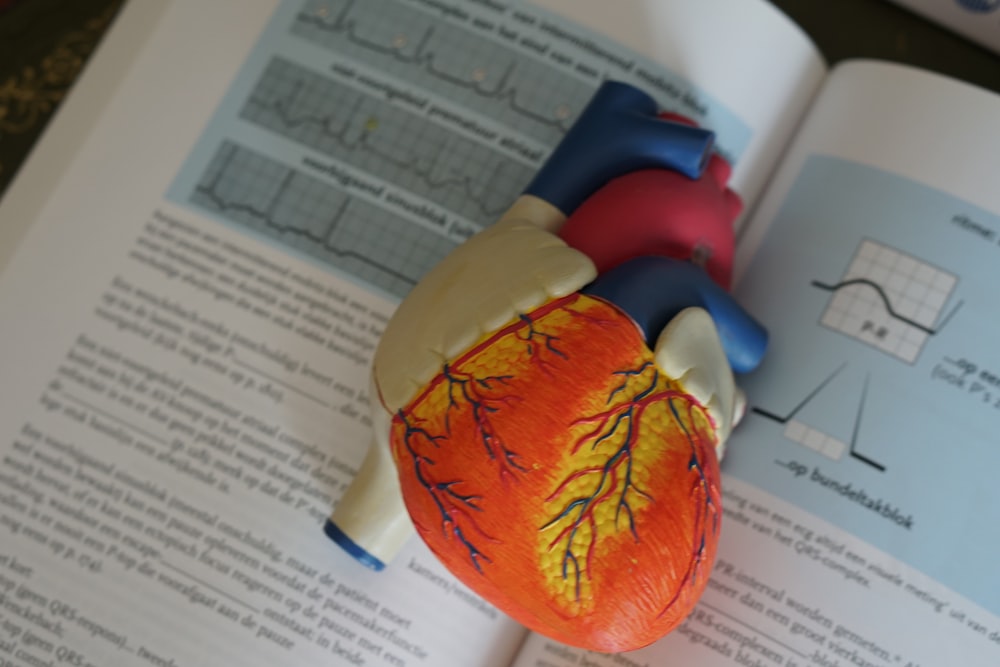
Signs and Symptoms of a Heart Attack
Symptoms are not the same for all heart attack patients. Below are just some of the symptoms of a heart attack:
- Sudden upset stomach, indigestion with a heartburn-like choking feeling, nausea, and vomiting
- Dizziness and lightheadedness
- Unusual bouts of anxiety, fatigue, severe weakness, or shortness of breath
- Discomfort in the jaw, back, arm, shoulders, or throat
- Uneven or too fast a heartbeat with excessive sweating
- Discomfort or pain in the jaw, neck, back, arm, or shoulders
- Pain, squeezing, pressure, or a sense of fullness in the chest
Note that you may not experience all these symptoms. Suffering from at least a few signs or feeling like there are noticeable changes in the way your body feels is sufficient reason to contact a medical professional.
Treatments for Heart Attacks
Heart attacks are treated depending on each individual case. First, the damage is determined by a cardiologist or heart specialist. The severity of damage usually hinges on how large the clot is and how much area it covers. Larger clots that cover a larger area like an arterial wall inflict greater damage upon the heart muscles and arteries. Treatment can range from oral medications to surgical procedures. The following are some of the ways to treat heart attacks:
Medications:
Various medications are given like Aspirin, Thrombolytics, Antiplatelet Agents, Blood-thinning medications, Pain relievers, Nitroglycerin, Beta-blockers, ACE inhibitors, and Statins. This all depends on what the cardiologist suggests.
Procedures:
There are two common procedures for treating a heart attack, and these are:
- Coronary Angioplasty and stenting: This is the least invasive procedure because a cardiovascular surgeon uses a small catheter with a camera to guide a stent to the heart. It is done to find blockages and open up blocked arteries. The stent reinforces and opens up the narrow pathways to restore blood flow.
- Coronary artery bypass surgery: An invasive bypass surgery may be done during the attack. However, it may also be done after a few days have passed since the initial attack. This surgery involves opening the chest to sew arteries or veins in places beyond the blockage. This allows blood flow to bypass the narrowed-down section.
Remember that when it comes to heart conditions and heart attacks, prevention is better than hope for treatment. You could possibly prevent a heart attack from happening in the first place, by adopting healthier lifestyle habits, eating a healthier diet, and engaging in cardiovascular exercise regularly to exercise the heart muscle.


